
Financial Times case study results at a glance
# submissions
12K
# of form views
124K
Reduction in time spent reviewing applications
80%
If you follow economic news, financial trends, or global current events, you’re likely familiar with the Financial Times. Founded over 100 years ago, the Financial Times is one of the world’s leading news organizations, renowned for its in-depth reporting. Headquartered in London, the media giant employs nearly 3,000 people globally, including over 700 journalists.
Within the Financial Times is FT Live, its global events division, which provides a platform for leaders in business and government to convene with journalists and discuss international issues ranging from technology to climate change to geopolitical concerns. FT Live hosts over 200 events annually, including flagship conferences like the Global Banking Summit. Past speakers include Ngozi Okonjo-Iweala, director-general of the World Trade Organization; David Solomon, chairman and CEO of Goldman Sachs; and Colm Kelleher, chairman of UBS.
The challenge: A time-consuming, manual process
Given the scale and variety of events it offers, FT Live needed a system that could handle the complexity of speaker applications and attendee RSVPs and streamline the event-planning process overall.
Although it was easy for speakers and attendees to register for events, the internal process for reviewing their applications to attend was time-consuming and labor-intensive. The FT Live marketing team had to manually review every application before approving or denying it. Due to the high volume of applicants, the team often worked late into the night, creating an unsustainable and inefficient work environment.
“When delegates want to attend an event, they just submit an application. But on the backend, it was a very manual task,” explains Che Wheatley, head of marketing for partner events at the Financial Times.
Fortunately, the FT Live team discovered Jotform Enterprise.
We were up until 2 a.m. approving clients. With Jotform Enterprise, it takes five minutes.
Che Wheatley, Head of Marketing for Partner Events, FT Live, Financial Times
The solution: Automated workflows
Jotform Enterprise provided an automated solution that integrated directly into FT Live’s existing digital ecosystem, saving the team hours of work. With Jotform Enterprise, the FT Live team designed automated workflows for the application process and reduced the review time by 80 percent.
With the old process, says Wheatley, “We were up until 2 a.m. approving clients. With Jotform Enterprise, it takes five minutes.”
Automating workflows for applications dramatically changed how the team worked. The application process became a part of the standard workday, not a late-night burden, allowing the team to focus on strategic priorities and upcoming deadlines.
Jotform saved the Financial Times hours of work. [It] gave us a competitive edge by streamlining our process.
Che Wheatley, Head of Marketing for Partner Events, FT Live, Financial Times
“It’s just a simple process,” says Wheatley. “I’m grateful the Financial Times really took the time to look at our application process. The marketing team spent so many hours on that, so getting Jotform Enterprise was just great software to help us utilize the form process.”
Event applicants also benefited from the change. They received prompt responses and automated emails about their approval status within minutes of submitting their applications. When applications were denied, the automated response email offered suggestions for upcoming alternative events, helping to maintain engagement and retention.
“Jotform Enterprise revolutionized the way we automate our workflows within the application process. Jotform saved the Financial Times hours of work,” says Wheatley. “[It] gave us a competitive edge by streamlining our process.”
The bonus: Enabling deeper analysis
Switching to Jotform Enterprise not only transformed the application process but also prompted meaningful internal conversations about automation, efficiency, and work-life balance. These discussions led to adopting single sign-on (SSO) and exploring other ways to improve backend systems.
“Jotform Enterprise helped us look at the bigger problems we had, and actually has solved so many of our application process issues, now that we are a single sign-on organization. Now, when people go to our website, they can submit something very, very quickly.”
Wheatley encourages others to evaluate their internal processes and work together to implement automation.
“What I would say to other people, considering the solutions,” she says, “is to look at what’s happening behind the scenes in your workflow and try to automate things. It really saves people…so much work and time, and what was really great is that now we can use the time efficiently. It really helps us see the bigger picture.”
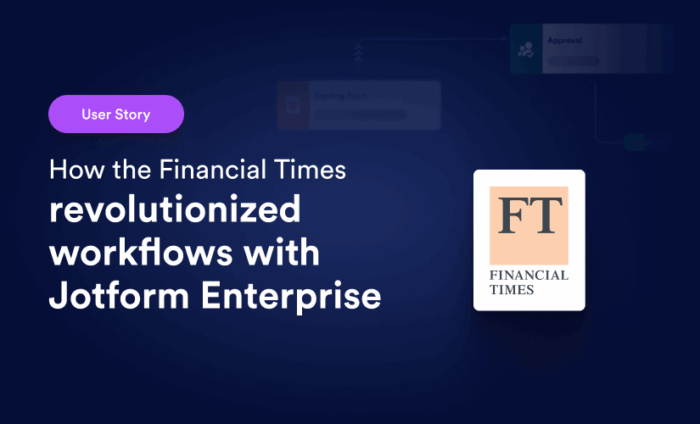




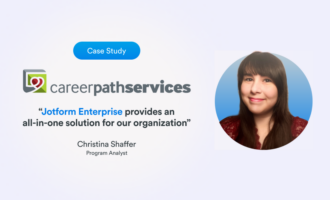





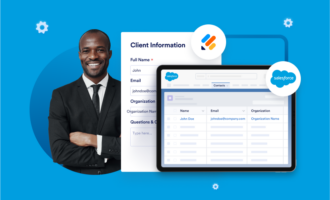









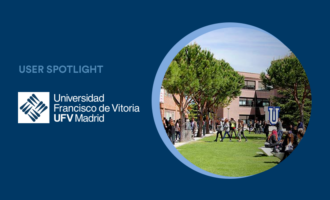








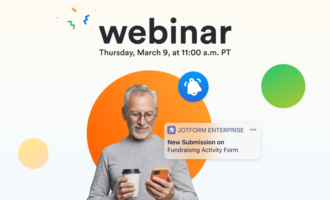
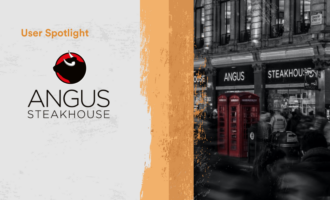

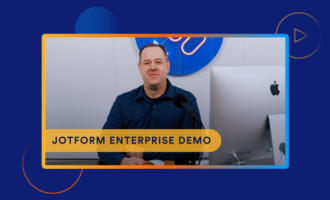
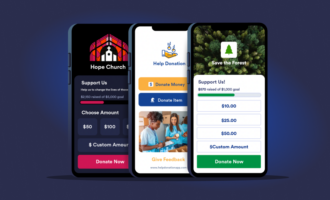
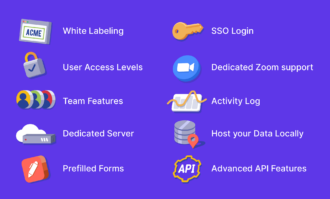
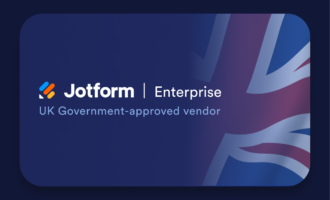


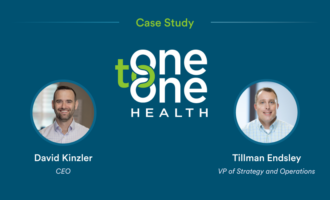
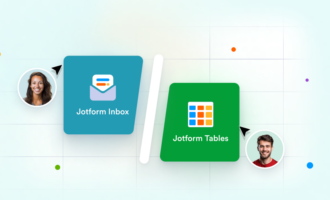

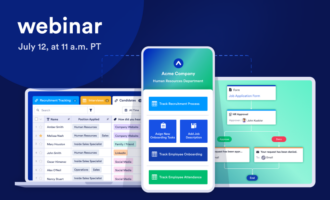









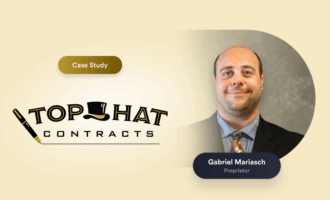




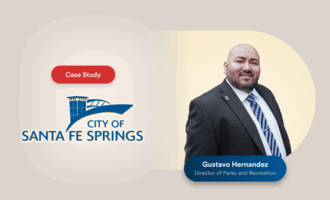

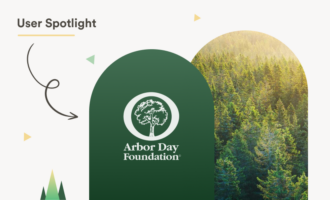







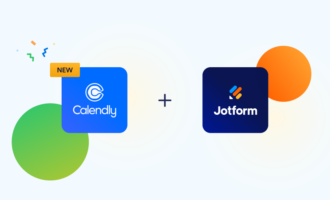


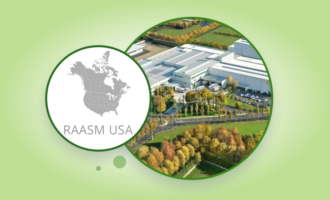
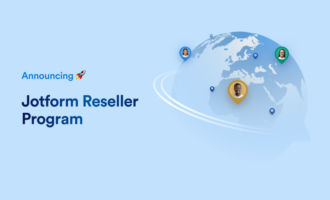
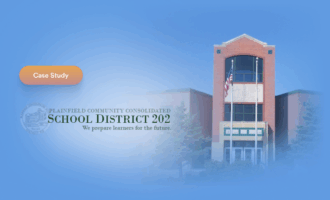


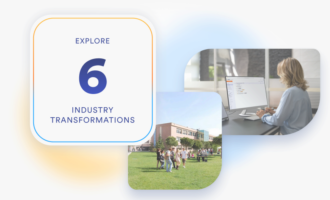
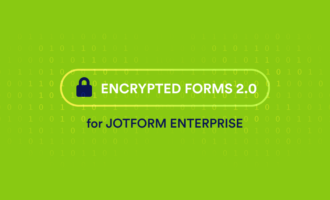






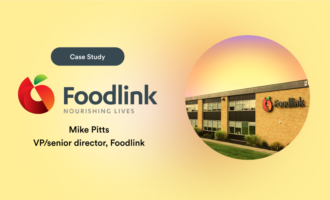
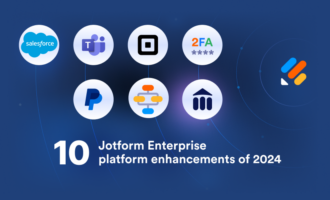
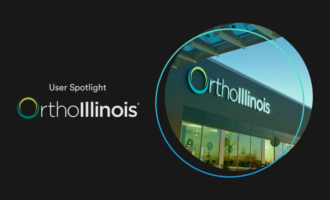
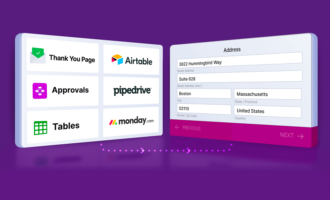
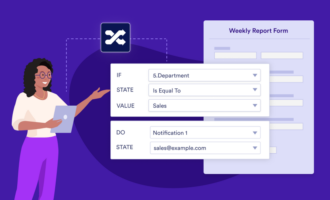





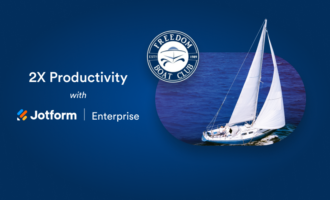

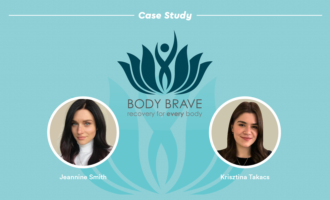



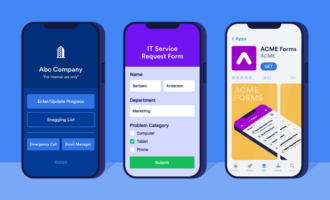
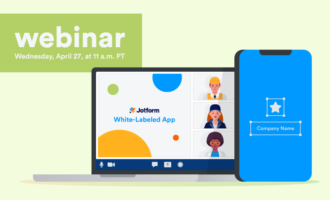



Send Comment: